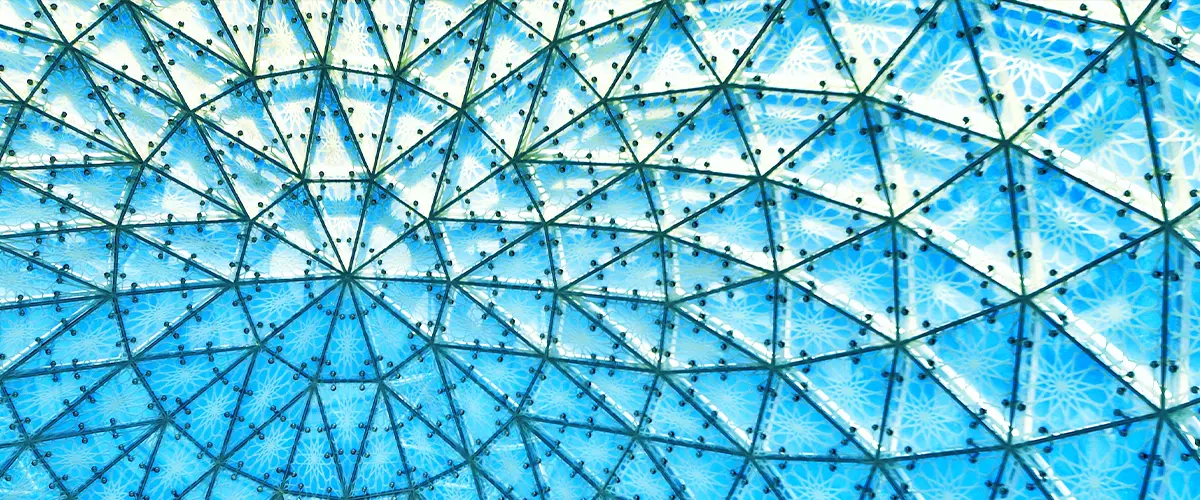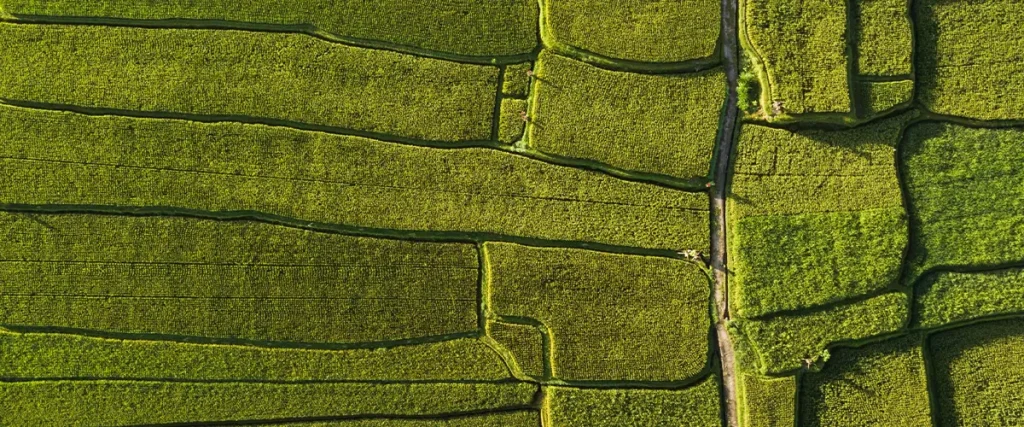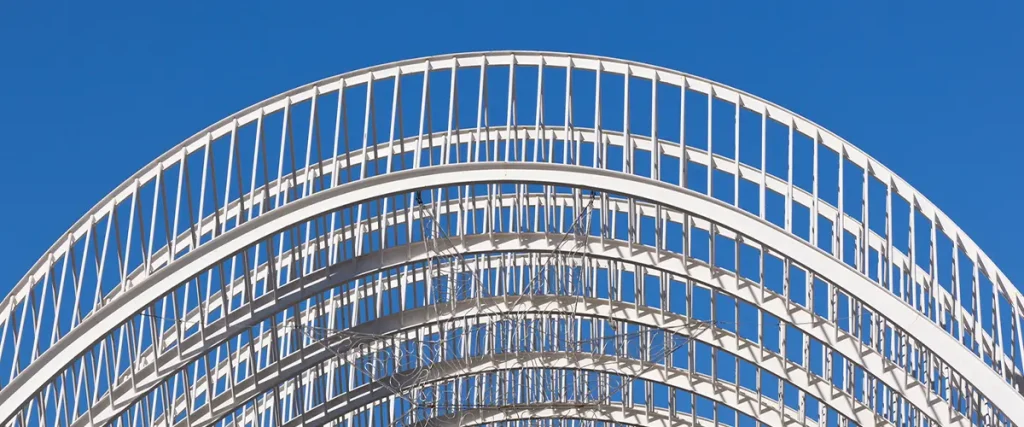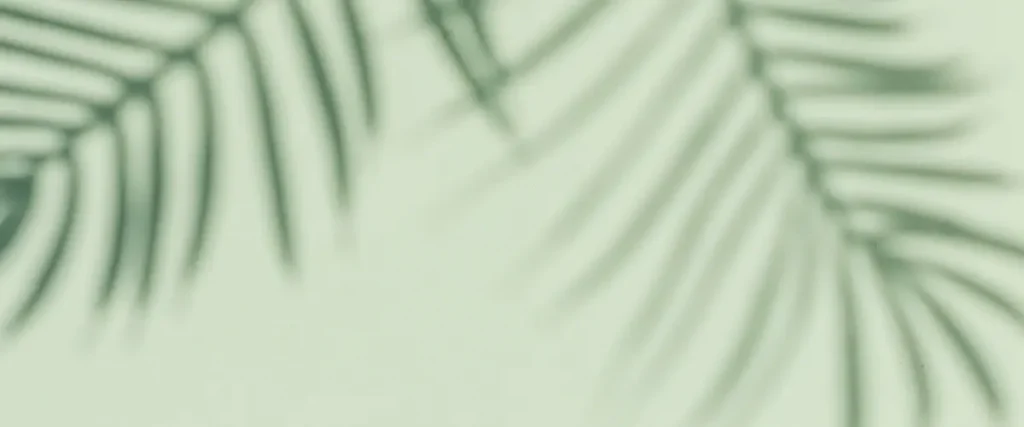
Shape and its role in photography composition cannot be overstated. The elements of shape and form can be used to create balance and draw the viewer’s attention to the main subject, making your photos more impactful and intriguing.
In this article, we’ll delve into the various aspects of shape in photography, including its connection to other classic design elements, the different types of shapes found in photography, and how to use shape and form to enhance your photography compositions.
More article: Macro photography
The Six Classic Design Elements in Photography

There are six classic art and design elements, and shape is one of them. The other five elements are form, line, pattern, texture, and color. To gain a deeper understanding of shape and form in photography, we need to consider all six elements and how they work together.
- Shape
Shape is a two-dimensional element in photography. The photo itself is two-dimensional, but shapes within the photo lack depth. You can add depth to two-dimensional shapes through lighting or perspective, and once you’ve done so, the shape becomes a three-dimensional form.
- Form
Forms are objects that appear to have depth and are considered three-dimensional, even though they exist within a two-dimensional photo. Depth in forms is achieved through light and shadow, or by changing the perspective and revealing the angles and edges of the object.
- Line
Lines create the edges of shapes, but they also form shapes on their own. They can guide the viewer’s eye in a photo and can be used to dissect and frame the scene. Lines are a powerful tool in photography composition.
- Pattern
When lines, shapes, or forms repeat, they create a pattern. Patterns can evoke a sense of tranquility or unease, depending on whether they are complete or broken.
- Texture
Texture in photography can add depth to a two-dimensional image and is accentuated by light and shadow.
- Color
Color, or a lack of color, can also play an important role in design and photography. It can attract attention and stir emotions.
More article: Photography composition techniques
The Four Types of Shapes in Photography Composition

In photography, shapes are categorized in several ways, including geometric shapes, organic shapes, positive shapes, and negative space.
- Geometric Shapes
Geometric shapes have straight edges and clear, uniform angles and lines. They are commonly found in artificial structures, such as buildings, and are often featured in abstract and architectural photography.
- Organic Shapes
Organic shapes are characterized by curves and are not geometrically perfect. They are found in nature and are often seen in the shapes of flowers, leaves, and other natural forms.
- Positive Shapes
Positive shapes are objects in the photo that form a shape. The object itself is the positive shape.
- Negative Space
Negative space refers to areas in the photo that are not occupied by objects. Negative space can be a gap between two objects or the outline of two positive shapes.
More article: How to open a shop on Etsy
Using Shape and Form in Photography Composition

To put these concepts into practice, start by understanding that the objects we see are made up of shapes, forms, and lines. Analyze your own work and the work of other photographers to see how they use shape and form in their compositions.
To enhance your photography compositions, you can use shape and form to affect the mood of your photos. Understanding the role shape and form can play in mood can give you more tools for expressing emotions and telling stories. For example, circles and ovals can evoke a sense of calm, while squares and rectangles symbolize
- Create Balance and Symmetry with Shape
When composing a photo, you want to create a sense of balance and stability. Using geometric shapes like squares, rectangles, and triangles can help you achieve this. They bring a sense of stability and order to your image.
On the other hand, the use of organic shapes like curves and rounded shapes can bring a sense of tranquility and calmness to your image. You can play around with the balance between these different shapes to convey different moods and emotions in your photography.
- Experiment with Light and Shadow
Light and shadow play an important role in shaping and forming objects in your photography. By using light and shadow, you can give objects a three-dimensional look and create a sense of depth in your image.
By manipulating light and shadow, you can also create stark contrast and harsh lines, adding a sense of tension and unease to your image.
- Use Line to Lead the Eye
Lines can be used to guide the eye through your image, leading the viewer to the main subject. Use diagonals to convey a sense of direction and movement, or use straight lines to give your image a sense of stability and order.
By using lines, you can create a sense of flow and movement in your image, helping to tell a story and convey emotions.
- Utilize the Power of Pattern
Patterns can help to create a sense of rhythm and repetition in your image, bringing a sense of calmness and assurance to your image.
On the other hand, breaking patterns can cause a sense of unease and tension. Experiment with pattern to convey different moods and emotions in your photography.
- Emphasize Texture
Texture can help to give depth and dimension to two-dimensional objects in your image. By playing around with light and shadow, you can accentuate the texture of objects, giving them a more lifelike appearance.
- Make the Most of Color
Color is another tool you can use to convey emotions and mood in your photography. Bright, bold colors can bring a sense of energy and excitement to your image, while cool, calm colors can bring a sense of tranquility and peace.
- Consider Negative Space
Negative space is just as important as the positive shapes in your image. By carefully considering the negative space, you can create a sense of balance and stability in your image, or a sense of loss of balance and tension.
- Experiment with Angles and Edges
By changing your angle or the direction of your shot, you can emphasize different shapes, lines, and forms in your image. This can add interest and depth to your image, or create a sense of unease and loss of balance.
- Practice and Experiment
The best way to get better at using shape and form in your photography is to practice. Experiment with different techniques, shapes, and compositions, and see what works best for you. The more you practice, the better you will become at using shape and form to convey emotions and tell stories in your photography.
More article: How to get verified on instagram

Final Words
In conclusion, shape, form, and all the other elements of photography are important tools in the photographer’s toolkit.
By understanding and utilizing these elements, you can create more interesting, engaging, and emotional images, telling stories and expressing emotions through your photography.
More article: Squarespace Store
FAQs
The six classic design elements in photography are shape, form, line, pattern, texture, and color. These elements work together to create a well-composed image and help convey mood and emotions.
The four types of shapes in photography composition are geometric shapes, organic shapes, positive shapes, and negative space. Geometric shapes have straight edges and clear angles, organic shapes are characterized by curves, positive shapes are objects that form a shape, and negative space refers to the areas in the photo that are not occupied by objects.
hape and form can be used in photography composition to affect the mood of the photo. For example, geometric shapes bring a sense of stability, while organic shapes evoke a sense of calmness. Light and shadow play an important role in shaping and forming objects, while lines can be used to lead the eye to the main subject. Patterns can create a sense of rhythm, texture adds depth and dimension, and color can be used to convey emotions and mood.
Light and shadow play an important role in shaping and forming objects in photography. By using light and shadow, you can give objects a three-dimensional look and create a sense of depth in the image. Manipulating light and shadow can also create stark contrast and harsh lines, adding a sense of tension and unease to the image.
Lines in photography composition can be used to guide the eye through the image, leading the viewer to the main subject. Diagonal lines convey a sense of direction and movement, while straight lines give the image a sense of stability and order. Lines can also create a sense of flow and movement, helping to tell a story and convey emotions.
Patterns can help create a sense of rhythm and repetition in photography, bringing a sense of calmness and assurance to the image. Breaking patterns can cause a sense of unease and tension. Experimenting with patterns can help convey different moods and emotions in photography.
Color is an important tool in photography, as it can be used to convey emotions and mood. Bright, bold colors can bring a sense of energy and excitement to the image, while muted or monochromatic colors can evoke a sense of calmness and serenity. Color can attract attention and stir emotions, making it a powerful tool in photography composition.
if you’re looking to increase your online conversion but still feel you are not sure where to start – check out these resources below:








